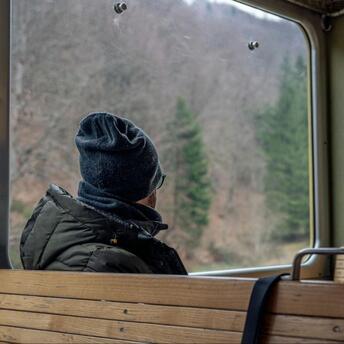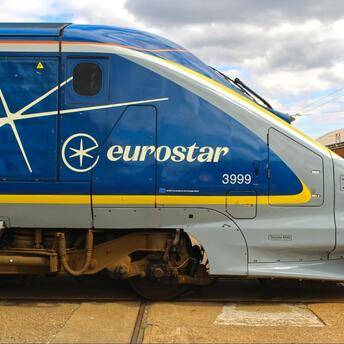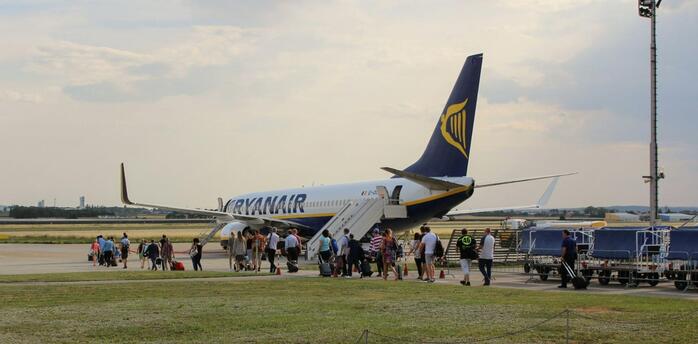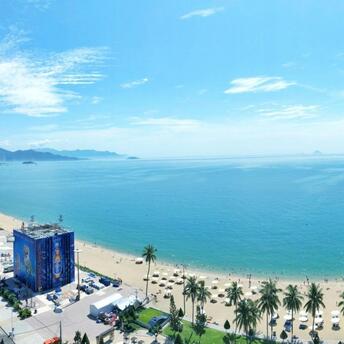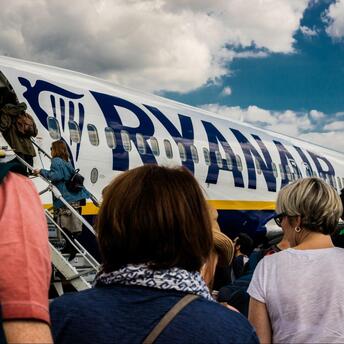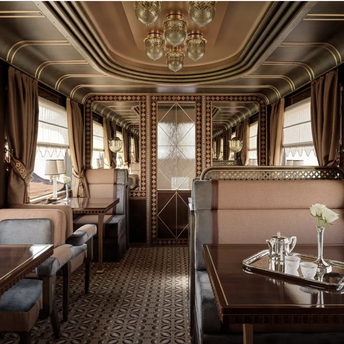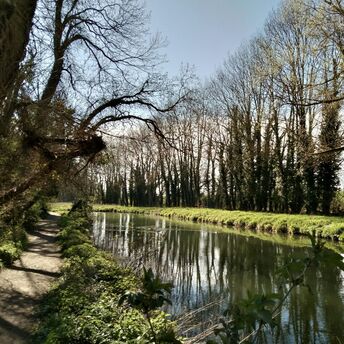Trieste: Italy’s Coffee Capital and the Perfect Espresso Escape

In the northeastern corner of Italy, nestled along the Adriatic coast, lies the city of Trieste—a place where history, culture, and a deep-rooted passion for coffee collide. Often overshadowed by more famous Italian cities, Trieste is a hidden gem for travelers seeking an authentic Italian experience with a unique flavor. Known as the coffee capital of Europe, this vibrant port city has a centuries-old relationship with the aromatic beverage, making it the ideal destination for coffee lovers. Trieste’s café culture is not just about enjoying a cup of espresso; it’s a way of life, steeped in tradition, history, and a shared love for the art of coffee making.
A Legacy Steeped in Coffee History
Trieste’s connection to coffee dates back to the 18th century, when its strategic location as a major port helped it become a key hub for coffee trade between the Ottoman Empire and Europe. As coffee beans flowed into Trieste’s bustling harbor, the city gradually developed a thriving coffee industry, which continues to shape its identity today. The city is home to some of the world’s largest coffee companies, including Illy, one of Italy’s most famous coffee brands, which was founded in Trieste in 1933.
Walking through Trieste’s narrow streets and grand squares, it’s impossible not to feel the deep connection the city has to coffee. Cafés, both modern and historic, line the boulevards, each offering a unique experience that reflects the city’s rich coffee heritage. Whether you’re sipping a traditional espresso or enjoying a frothy cappuccino, every cup in Trieste tells a story of its centuries-old love affair with coffee.
Exploring Trieste’s Iconic Cafés
For anyone embarking on an espresso tour of Trieste, there are a few cafés that simply cannot be missed. These historic establishments have not only witnessed the city’s transformation over the years but have also played a pivotal role in shaping its cultural and intellectual life.
One such landmark is Caffè San Marco, a café steeped in history and intellectualism. Established in 1914, it quickly became a meeting point for writers, poets, and artists, including the famous Italian author Italo Svevo and Irish novelist James Joyce, who once lived in Trieste. Today, Caffè San Marco retains its old-world charm, with marble tables, antique décor, and the unmistakable aroma of freshly brewed espresso filling the air. Visitors can enjoy a coffee while soaking in the literary atmosphere that has made this café a symbol of Trieste’s cultural heritage.
Another iconic spot is Caffè degli Specchi, located in the heart of Piazza Unità d’Italia, one of Europe’s largest seaside squares. Founded in 1839, this café offers breathtaking views of the Adriatic Sea while providing a truly elegant coffee experience. Its name, meaning "Café of Mirrors," reflects its ornate interior, where the walls are adorned with large mirrors that have witnessed decades of coffee-fueled conversations. Whether enjoying a coffee on the outdoor terrace or inside the lavishly decorated salon, Caffè degli Specchi is a must-visit for those looking to immerse themselves in Trieste’s timeless café culture.
For a more contemporary experience, Caffè Illy is a modern café that showcases the innovative spirit of Trieste’s coffee culture. As the flagship store of the world-renowned Illy brand, this café offers a sleek, modern atmosphere where visitors can sample some of the finest espresso blends while learning about the brand’s dedication to sustainability and quality. A visit to Caffè Illy is a journey into the future of coffee, blending tradition with cutting-edge technology and innovation.
The Local Coffee Ritual
While the rest of Italy has its well-known coffee customs, Trieste takes its coffee culture to a different level. Here, ordering coffee comes with its own local terminology. For example, what might be called an espresso elsewhere in Italy is referred to as a "nero" in Trieste. A macchiato, a shot of espresso with a splash of milk, is called a "capo." Visitors can immerse themselves in the local way of drinking coffee by learning these terms and ordering like a true Triestino.

What sets Trieste’s coffee ritual apart from the rest of Italy is the unhurried pace with which the locals enjoy their coffee. While other Italian cities often favor a quick espresso at the bar, Trieste’s cafés invite patrons to linger, read a newspaper, or engage in lively conversation. Coffee here is not just a beverage; it’s a moment of reflection, a social occasion, and a window into the city’s soul.
The Coffee of the Future: Sustainability and Innovation
As one of the world’s leading centers for coffee, Trieste is not just focused on tradition but also on the future of coffee. The city is home to the Università del Caffè, a global institution founded by Illy to educate people about coffee culture and science. Visitors to Trieste can take part in coffee-making workshops, learning the intricacies of sourcing, roasting, and brewing that go into crafting the perfect cup.
Illy’s commitment to sustainability is another aspect of Trieste’s coffee scene that sets it apart. The company works closely with coffee farmers worldwide to ensure environmentally friendly practices and fair trade, which reflects the city’s forward-thinking approach to preserving its coffee heritage while looking ahead.
Beyond Coffee: Exploring Trieste
Though coffee is undoubtedly a cornerstone of Trieste’s identity, the city offers much more to discover. Nestled between the mountains and the sea, Trieste’s unique blend of Italian, Austrian, and Slavic influences gives it a distinct cultural flavor that sets it apart from other Italian cities. Its diverse history is reflected in its architecture, from the grand neoclassical buildings lining the Piazza Unità d’Italia to the narrow, winding streets of the Old Town.
The Castello di Miramare, a stunning 19th-century castle overlooking the Adriatic, offers a glimpse into the city’s royal past, while the Roman Theatre and Cathedral of San Giusto provide a connection to its ancient history. After exploring the city’s sights, visitors can relax at one of the many seaside cafés, enjoying a final espresso with the sea breeze in the air.




